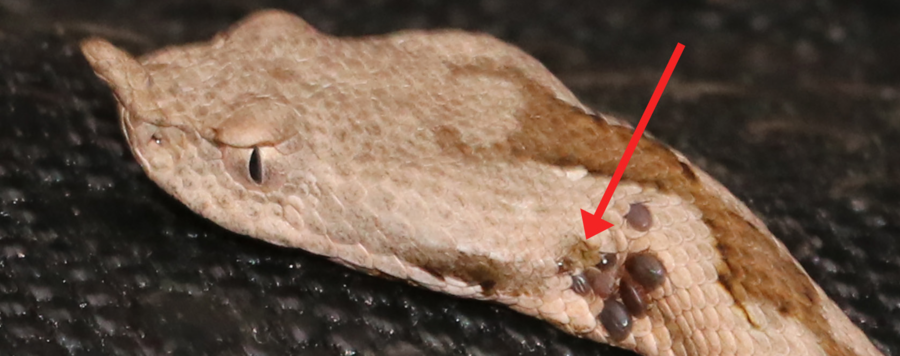
Ticks (Acari: Ixodidae) on Nose-horned Vipers, Vipera ammodytes (Linnaeus, 1758), at the Danube’s Iron Gates, Serbia, with a brief review of tick infestations on European vipers
Parasitiform mites (Acari) are frequent ectoparasites of ecto- and endothermic terrestrial vertebrates. At least 242 species of Acari have been recorded as permanent parasites of reptiles (Fajfer, 2012), with hematophagic ticks (Ixodida) particularly common. Reptiles are even important reservoirs for tick-borne human pathogens, such as the spirochaete Borrelia burgdorferi, the cause of Lyme borreliosis (Mendoza-Roldan and Colella, 2019; Mendoza-Roldan et al., 2020), and hematophagic ticks are frequently found parasitizing lizards. This becomes particularly evident when considering that mite pockets, small skin invaginations along the gular, axillar, inguinal, and postfemoral regions that should prevent ectoparasites from attaching more widely and causing more damage, have evolved in at least five different lizard families (Arnold, 1986).






